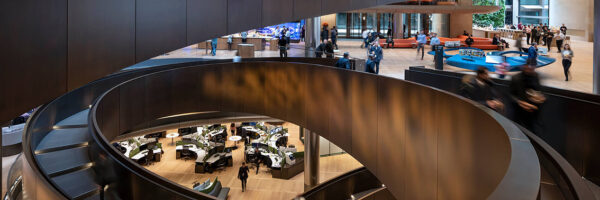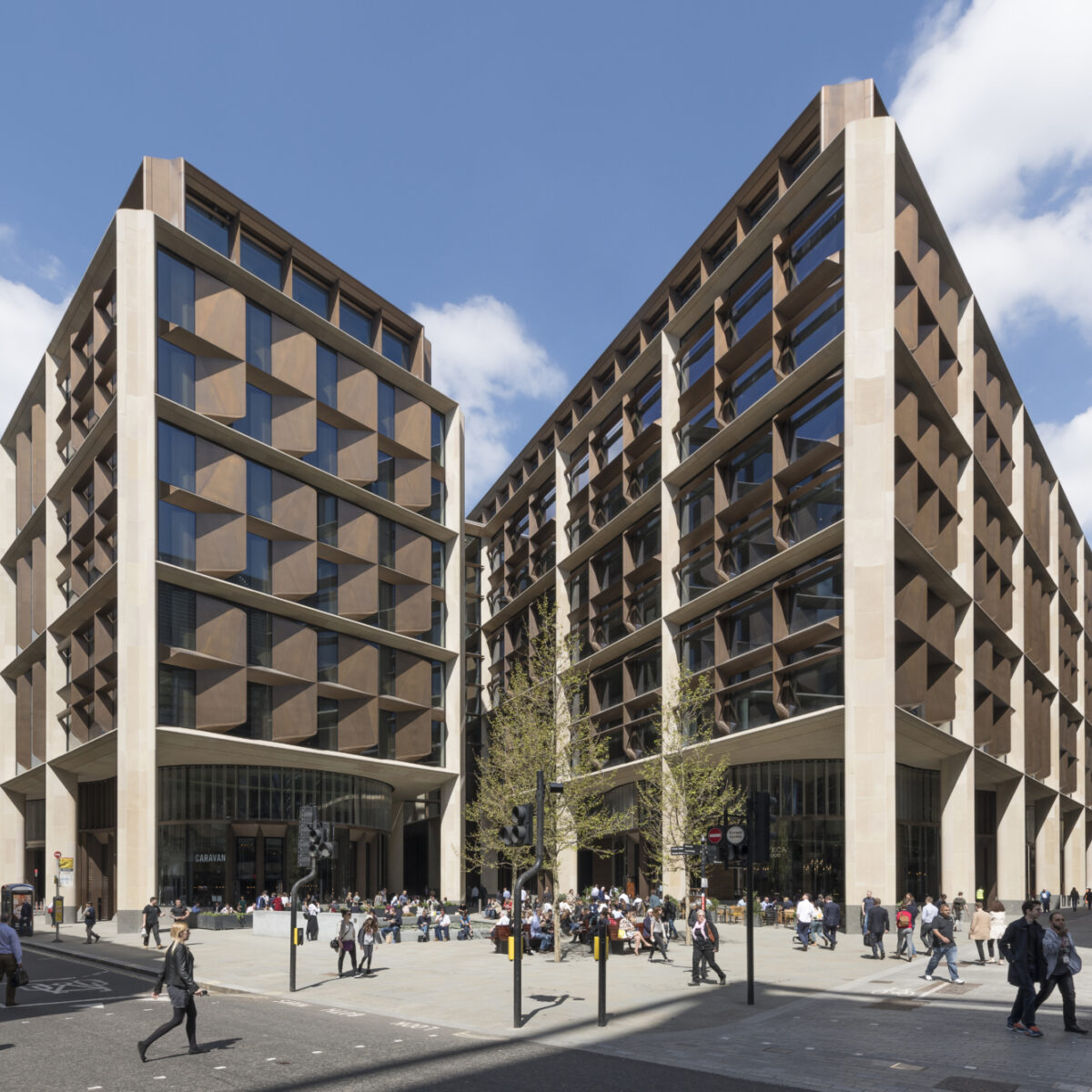
The most sustainable office building in the world
Pushing the boundaries of sustainability, Bloomberg’s European headquarters in London is hailed as setting the new standard for what an office environment can be. An uncompromising attention to minimising the building’s environmental impact has led to innovative solutions and a 99.1% score from the world’s leading sustainability assessment method for buildings, BREEAM. This remarkable result earns it the right to be called the most sustainable office building in the world.
- Type of project: 1.1 million square feet office building
- Challenge: Reaching ambitious sustainability goals and high BREEAM score
- Jets® solution: Recycled rain- and greywater is used to flush the vacuum toilets with no mains water used
Acclaimed architects Foster + Partners were given the challenge to realise the ambitions of the client, Michael R. Bloomberg, who prioritised sustainability from the outset. The founder of financial technology and media giant Bloomberg L.P. had a clear vision of what he wanted to achieve, stating: “We believe that environmentally-friendly practices are as good for business as they are for the planet. From day one, we set out to push the boundaries of sustainable office design – and to create a place that excites and inspires our employees.”
An innovative, complex water conservation system is key to the building’s sustainability strategy, incorporating grey water recycling, vacuum systems, and rain water collection, treatment and re-use.
Several concepts were explored and tested during the development phase and, for sanitation, the vacuum solutions from Jets Vacuum AS were selected after a competitive process.
In commercial buildings, toilets and urinals account for around 60% of total water use. This innovative vacuum toilet system, developed in Norway, uses up to 90% less water, per flush, than most conventional toilets. With 4,000 employees and over 500 toilets and urinals, this alone would be enough to significantly reduce the Bloomberg building’s environmental impact.

Advanced water savings solutions
However, staying true to the vision of taking sustainability to the limits, the Bloomberg building takes its water-saving efforts a step further. By harvesting rainwater from the roof of the building as well as collecting cooling tower bleed-off and water recovered from basins and showers, a water recycling system provides all the water needed to operate the vacuum flush toilets. As a result, this gentle giant, with its 1.1 million square feet of office and retail space, does not flush a single drop of mains water down the toilet.
Using vacuum systems has additional benefits beyond enabling extremely low water consumption. Vacuum drainage does not rely on gravity; this, along with the smaller pipe diameter gives great flexibility in placement and flexibility of installation.
BREEAM "Outstanding"
During the BREEAM assessment, vacuum drainage was recognised and awarded extra credits for innovation. The building was rated “Outstanding” with a 99.1% per cent score -the highest ever achieved by any major office development.
The Bloomberg building is a landmark; not only as a characteristic piece of architecture in London’s financial district, but as a new standard for sustainable office buildings all over the world.